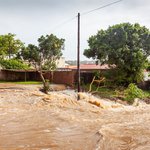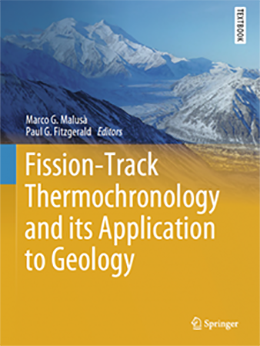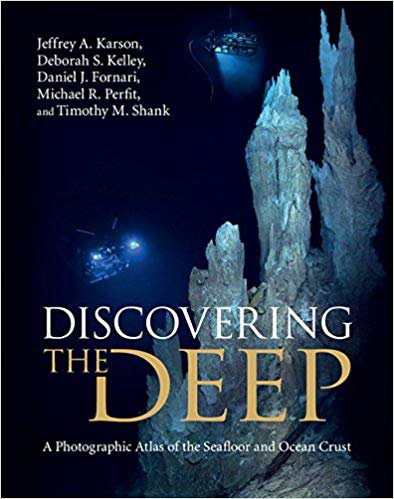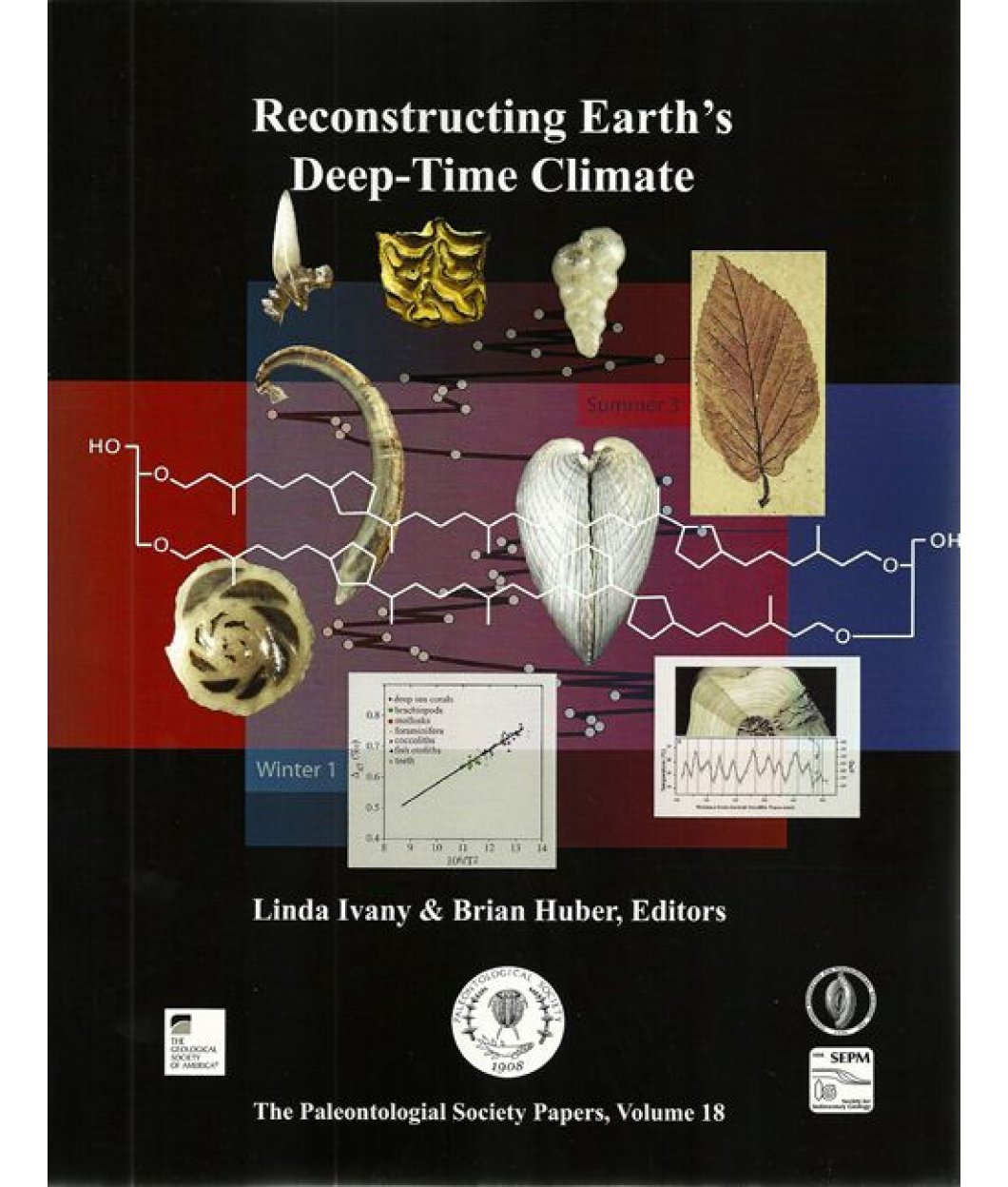Department of Earth & Environmental Sciences
Understanding Planet Earth and its interrelated processes is complex. How has it evolved? Why are there earthquakes, volcanoes, mountain chains, continents and oceans? What can we learn about climate variability? And most important, what can we do with this knowledge?
The study of Earth sciences combines experiential learning, interdisciplinary study and a culture of innovation and discovery.
Coursework will provide you the basis for:
- understanding natural hazards;
- assessing climate variability and global change;
- predicting the migration of man-made pollutants;
- exploring the energy and mineral resources upon which society depends and;
- the nature of our planet and insights into some of humanity’s deepest questions.
In addition to coursework, you can take advantage of extensive field and extracurricular opportunities and gain hands-on experience. Work with a faculty member on a research project, participate in an intensive field study or join the Geology Club.
Faculty have diverse interests in the nature of our planet and are heavily committed to research and education in these fields:
- solid earth sciences
- paleoclimatology
- water resources
Field-based research brings faculty and students to every continent on the planet to collect observational data. State-of-the art laboratory and computing facilities allow for sophisticated analytical and numerical study of Earth systems. You’ll be broadly trained in field work, geochemical and geophysical methods, quantitative analysis and professional skills.
As a scholar-scientist, you’ll be prepared and sought-after by employers. Graduates are well placed in academic, government and private sector positions. They are prepared for careers in:
- geology
- hydrology
- paleontology
- oceanography
- climate and environmental sciences.

There are no events in this category right now, but please check the University calendar for many other options.
Upcoming Events
Ongoing Events

(Jan. 17, 2024)
New Faces, Rising Stars Join A&S in Spring 2024Meet the new professors teaching in the College of Arts and Sciences this spring.

(Nov. 20, 2023)
Bedrock of Success: Female Earth and Environmental Sciences Scholars Carry on a Legacy of MentorshipEES Professor Linda Ivany ’88 and her former graduate student Christy Visaggi G’04 were recently recognized by the Association for Women Geoscientists for their excellence in research and teaching.

(Oct. 10, 2023)
Five NSF Grants Fund Syracuse University Researchers’ Work with Cosmic ExplorerResearchers from the University’s new Center for Gravitational Wave Astronomy and Astrophysics are at the intellectual center of the next-generation observatory.

(Oct. 3, 2023)
SU Paleoclimatologists Use Ancient Sediment to Explore Future Climate in AfricaIn a study published in Geophysical Research Letters, researchers used chemicals from preserved plant matter to pinpoint the processes responsible for changes in past rainfall and drought in southwestern Africa, with implications for the future.
Pohl, A., Lu, Z., Lu, W. et al. Vertical decoupling in Late Ordovician anoxia due to reorganization of ocean circulation. Nat. Geosci. 14, 868–873 (2021). https://doi.org/10.1038/s41561-021-00843-9
Baldwin, S.L., Schönig, J., Gonzalez, J.P., Davies, H., von Eynatten, H., Garnet sand reveals rock recycling processes in the youngest exhumed high- and ultrahigh-pressure terrane on Earth, Proceedings of the National Academy of Sciences, Jan 2021, 118 (3) e2017231118; https://doi.org/10.1073/pnas.2017231118.
Woda, J., Wen, T., Lemon, J., Marcon, V., Keeports, C.M., Zelt, F., Steffy, L.Y. and Brantley, S.L., 2020. Methane concentrations in streams reveal gas leak discharges in regions of oil, gas, and coal development. Science of The Total Environment. https://doi.org/10.1016/j.scitotenv.2020.140105
Nachlas, W., Baldwin, S., Thomas, J., & Ackerson, M. (2020). Investigation of N in Ammonium-bearing Silicates with Electron Probe Microanalysis (EPMA). Microscopy and Microanalysis, 26(S2), 42-43. doi:10.1017/S1431927620013203
Ana C. Lossada, Julieta Suriano, Laura Giambiagi, Paul G. Fitzgerald, Greg Hoke, José Mescua, Ana Tedesco, Guadalupe Arzadún, Sofía Bordese, (2020), Cenozoic exhumation history at the core of the Andes at 31.5°S revealed by apatite fission track thermochronology, Journal of South American Earth Sciences, Volume 103, https://doi.org/10.1016/j.jsames.2020.102751
Hopper, E., Gaherty, J. B., Shillington, D. J., Accardo, N. J., Nyblade, A. A., Holtzman, B. K., Havlin, C., Scholz, C. A., Chindandali, P. R. N., Ferdinand, R. W., Mulibo, G. D. & Mbogoni, G., Preferential localized thinning of lithospheric mantle in the melt-poor Malawi Rift. Aug 1 2020, In : Nature Geoscience. 13, 8, p. 584-589 https://doi.org/10.1038/s41561-020-0609-y



